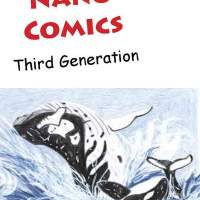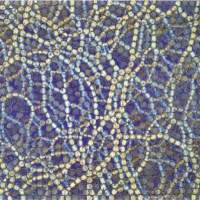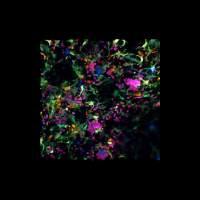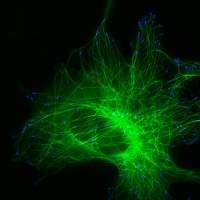Are you a journalist? Please sign up here for our press releases
Subscribe to our monthly newsletter:
Are you a journalist? Please sign up here for our press releases
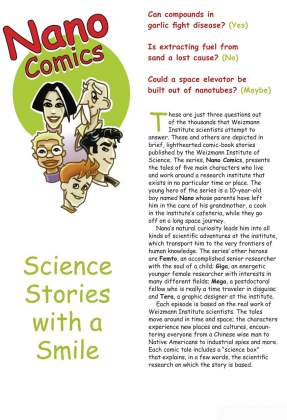
Science Stories with a Smile
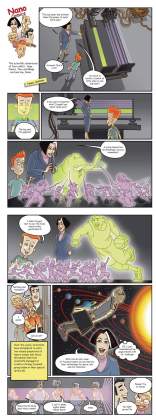
Over the years, scientists have attempted to unite two valued properties of lasers: power and focus. Weizmann Institute scientists managed to create a strong, focused group beam in their special optics lab.
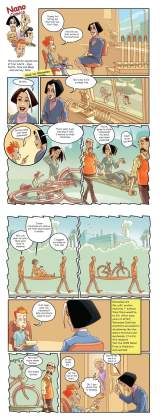
Ribosomes are the cells’ protein factories — without them there would be no life. After many years of effort, Weizmann Institute scientists succeeded in deciphering the ribosome’s structure and mechanism. It is for this research that the 2009 Nobel Prize in Chemistry was awarded.
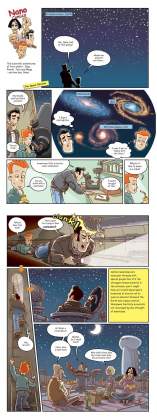
Carbon nanotubes are molecular threads with special properties. It’s the strongest known material in the universe, and it might help us to build skyscrapers hundreds of stories tall or even an elevator between the Earth and a space station. Weizmann Institute scientists are investigating the strength of nanotubes.
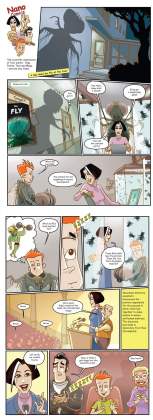
Weizmann Institute scientists discovered the protein responsible for the process in which cells fuse together to make muscle in animal and human embryos. The discovery was made in laboratory fruit flies (Drosophila).
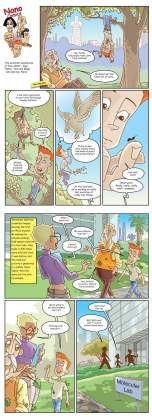
Weizmann Institute scientists helped develop the first artificial enzyme. By making the enzyme undergo high-speed evolution in a test tube, they made it 200 times more efficient than it was before, and the chemical activity it generates is a million times faster than the same activity with no enzyme.
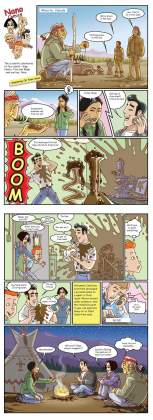
Weizmann Institute scientists developed a process based on a super-critical liquid: Water heated under pressure, near the transition point to gas, can separate heavy oil or fossil fuels from sand.
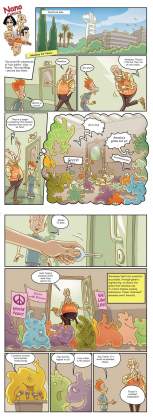
Weizmann Institute scientists succeeded, through genetic engineering, to silence the genes that amoebae use to create disease-causing substances. These "disarned" amoebae aren't harmful.
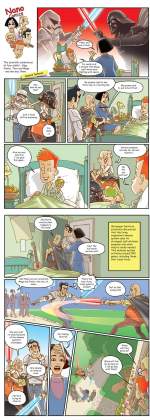
Weizmann Institute scientists discovered that the living organism’s immune system uses its strongest self-defense weapons only when they’re really needed. This defense system activates around 500 genes, including those that cause fever.
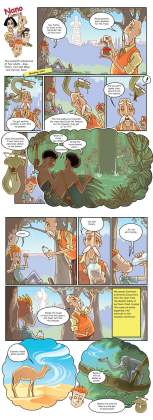
Weizmann Institute scientists discovered that the dust from the Bodele Valley in northern Chad crosses the ocean on winds, supplying vital minerals to the Amazon rainforest.
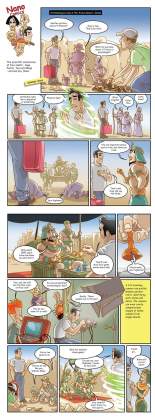
A 3-D scanning camera can quickly analyze ancient relics, identifying work styles and dates. The camera can even create computerized images of whole vessels from single shards.
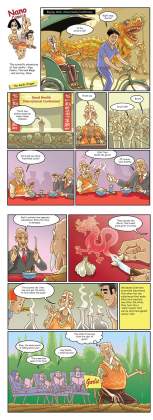
Weizmann Institute scientists discovered that when the two substances that make allicin are injected, one after the other, they turn into a "smart bomb" that can be directed against cancer cells.
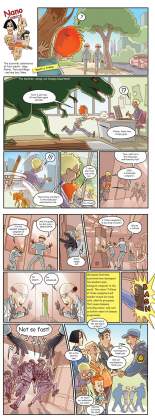
Weizmann Institute scientists have developed the smallest nano-biological computer in the world. The vision: Trillions of these computers will wander around our body cells, identify processes that cause diseases, including cancer, and cure us before onset of disease progression.
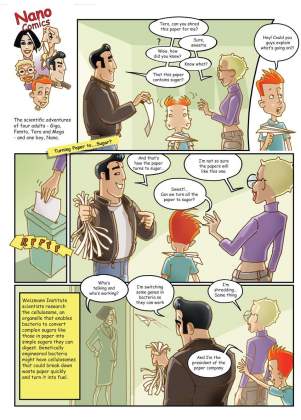
Weizmann Institute scientists research the cellulosome, an organelle that enables bacteria to convert complex sugars like those in paper into simple sugars they can digest. Genetically engineered bacteria might have cellulosomes that could break down waste paper quickly and turn it into fuel.
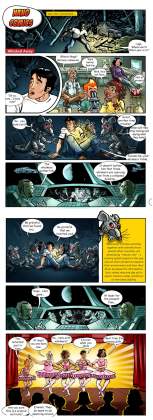
Weizmann Institute scientists, together with scientists from several other countries, are developing "robotic rats" - a sensing system based on the way rats use their whiskers to explore their environment and how their brain processes the information. Such robots may one day aid in search missions under conditions of restricted visibility.
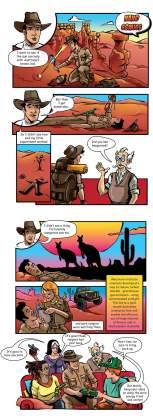
Weizmann Institute scientists developed a way to reduce carbon dioxide - greenhouse gas emissions - using concentrated sunlight. This led to a joint Israeli-Australian enterprise that will enable the efficient use of large reservoirs of brown coal in southeastern Australia.

Weizmann Institute scientists designed a water treatment system based on iron and vitamin B12, which reduces toxic chemicals in water to harmless compounds that can be further broken down naturally. This system can help restore the health of underground water supplies.
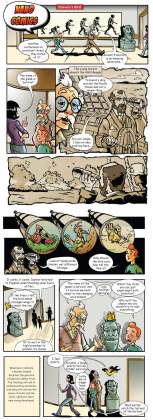
Weizmann Institute scientists helped decipher the genome of Darwin's Zebra Finch. The findings will aid in understanding evolution, and they hint at how the sense of smell and the birds' ability to learn new songs developed.

Weizmann Institute scientists discovered that it is possible to learn the "vocabulary" of nerve cells, like we learn the rules of a new human language. The scientists believe that one part of the brain learns the basic "grammar" of another part, enabling it to "read" the information coded by activity patterns in nerve cell networks. Understanding nerve cell language may point to new treatments for neurological problems.
Our website uses cookies to enhance user experience by remembering your preferences and analyzing website traffic.
For more information about how we use cookies please read our


